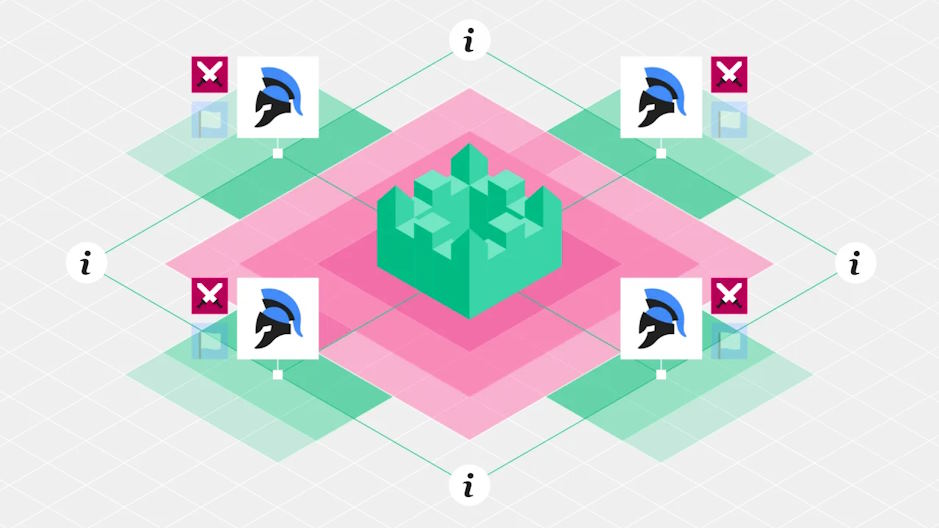
Byzantine Fault Tolerance in Blockchain Networks
Blockchain technology has revolutionized the way we handle digital transactions and decentralized information, but its effectiveness heavily relies on achieving consensus among distributed participants. One of the critical challenges in this decentralized landscape is the Byzantine Generals Problem, a theoretical conundrum that explores the complexities of ensuring trustworthy communication in a distributed network where nodes may behave maliciously. In response to this problem, the concept of Byzantine Fault Tolerance (BFT) has emerged as a pivotal solution, providing a robust framework for achieving consensus and maintaining the integrity of blockchain networks.
Byzantine Fault Tolerance in Blockchain
Consensus Mechanisms in Blockchain
- Proof of Work (PoW) and its Limitations:
The most recognized consensus mechanism, PoW, relies on miners solving complex mathematical puzzles to validate transactions and add them to the blockchain. While effective, PoW has drawbacks like high energy consumption and susceptibility to 51% attacks, prompting the exploration of alternative consensus methods.
- Introduction to Practical Byzantine Fault Tolerance (PBFT):
PBFT stands out as a compelling alternative, designed to address the challenges posed by the Byzantine Generals Problem. In PBFT, a designated set of nodes, or replicas, communicate and collectively reach a consensus on the validity of transactions. This results in a faster and more energy-efficient consensus compared to PoW.
- Other BFT-based Consensus Algorithms:
Beyond PBFT, several other Byzantine Fault Tolerance-based consensus algorithms have gained prominence. Examples include HoneyBadgerBFT, leveraging asynchronous communication, and Tendermint, known for its Byzantine Fault Tolerance and scalability. These innovations showcase the diverse approaches to achieving consensus in blockchain networks, each tailored to meet specific requirements and challenges.

Practical Implementation of BFT
PBFT (Practical Byzantine Fault Tolerance)
- How PBFT Works in a Blockchain Network:
Practical Byzantine Fault Tolerance (PBFT) operates on the principle of a consensus among a network of nodes, known as replicas. In a PBFT-based blockchain network, a client proposes a transaction, and the replicas collaborate in a series of rounds to agree on its validity. The protocol ensures that even if some replicas act maliciously or fail, the honest ones can reach a two-thirds majority consensus, maintaining the integrity of the system.
- Advantages and Disadvantages of PBFT:
PBFT brings notable advantages to the table. It offers low latency and high throughput, making it suitable for applications demanding quick transaction finality. However, PBFT may face challenges in scenarios with a large number of nodes, as the communication complexity grows quadratically. Additionally, it assumes a partially synchronous network, which may not always align with real-world conditions.

Other BFT Consensus Algorithms
- HoneyBadgerBFT:
HoneyBadgerBFT introduces a novel approach to Byzantine Fault Tolerance by leveraging asynchronous communication. This algorithm focuses on achieving optimal security, even in adverse network conditions, making it resilient to varying message delivery times.
- Tendermint:
Tendermint combines Byzantine Fault Tolerance with practical applications for scalability. Its consensus algorithm is designed for efficiency and quick finality, making it suitable for various decentralized applications.
- Algorand:
Algorand takes a unique approach by employing a pure proof-of-stake protocol with Byzantine Agreement. This innovative design ensures decentralization, scalability, and security, making Algorand a notable contender in the realm of Byzantine Fault Tolerance-based consensus algorithms.


